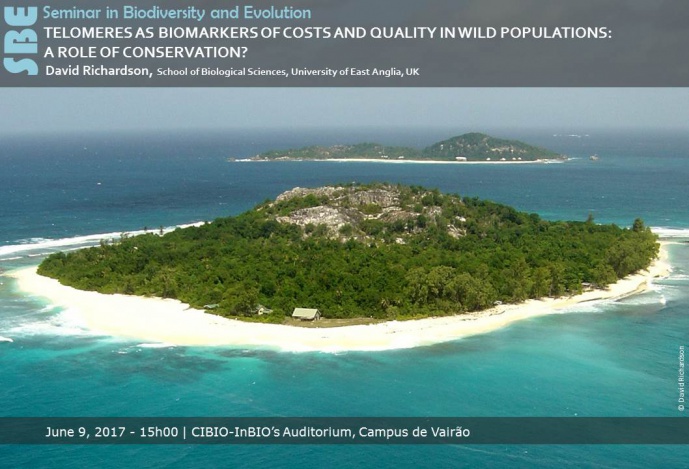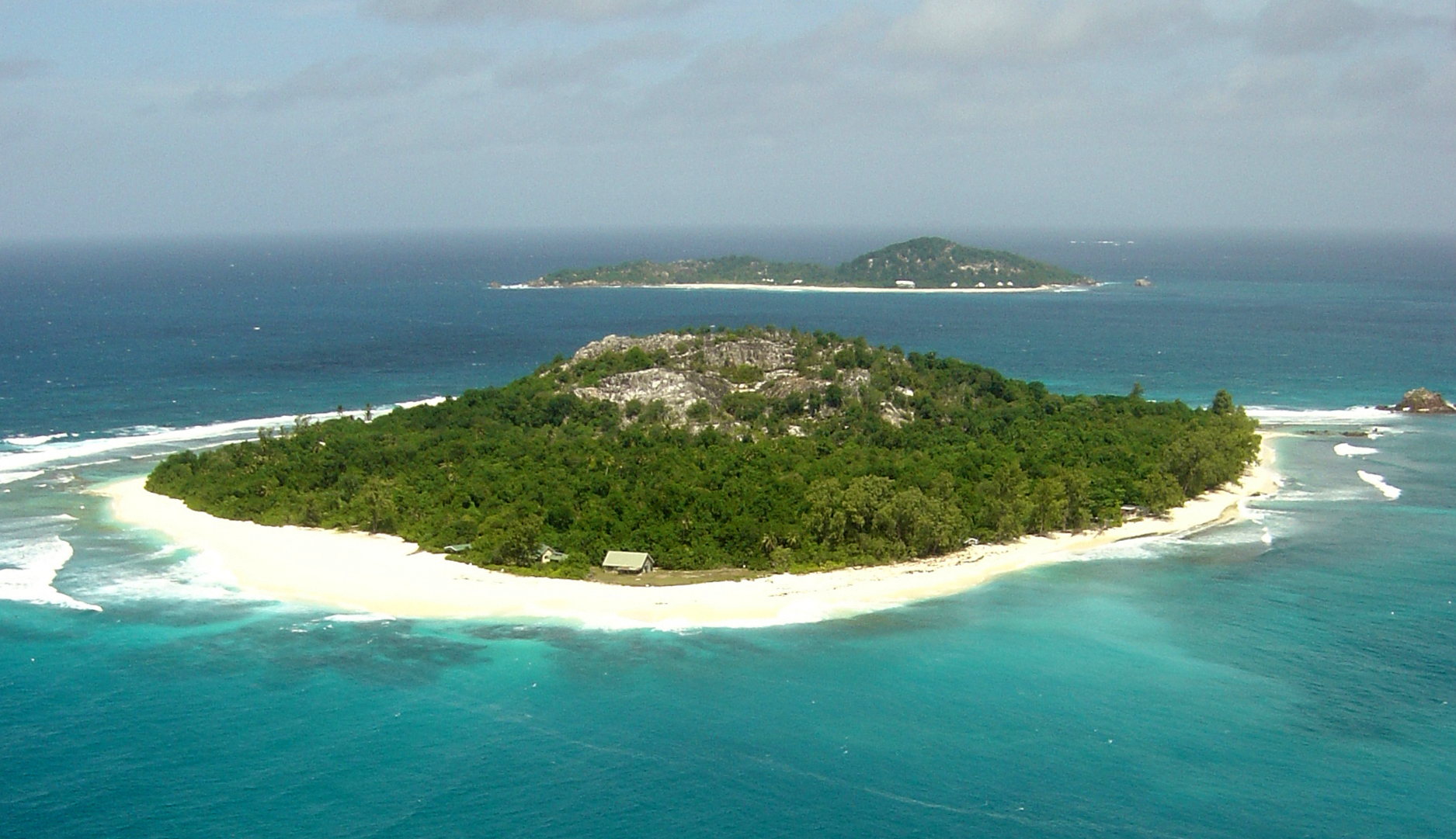TELOMERES AS BIOMARKERS OF COSTS AND QUALITY IN WILD POPULATIONS: A ROLE OF CONSERVATION?


All organisms face challenges as they struggle to survive and reproduce. Understanding the costs of these challenges – and how individuals’ trade-off these cost - is fundamental to our understanding of the ageing process and the evolution of life-histories and could provide insight for conservation. Telomere dynamics may act as an indicator of the biological cost that stresses exact on an organism, thus providing a universal measure to determine the relative impact of the challenges an individual faces. We are undertaking a longitudinal study of the causes and consequences of telomere shortening in an isolated population of the Seychelles warbler. We have already shown that telomere shortening with age differs between individuals and age-controlled telomere length predicts survival and lifespan. Ongoing work is now using telomere dynamics to assess the relative impact of different factors on individuals. Results show that both environmental and genetic effects play an important roles in determining telomere dynamics. Poor early-life environmental conditions (food availability) have a large negative impact on individual telomere length, and inbred individuals are much more susceptible to such effects. Intriguingly there also seem to be trans-generational effects of inbreeding on telomere shortening: offspring from inbred mothers suffer greater telomere shortening. Our findings raise the possibility that telomere dynamics could be a useful tool in conservation as they may allow us to reveal chronic effects associated with specific factors in the environment.
Prof. David S Richardson obtained his PhD at the University of Leicester in 1998, then worked at Sheffield University and held a Marie Curie fellowship at Lund University before moving to the University of East Anglia (UEA) in 2004, where he now leads the ‘Organisms and the Environment’ theme. David uses molecular techniques to address questions in evolutionary and conservation ecology. He has been at the forefront of research into the evolutionary factors that generate and maintain genetic variation within and among natural populations. Understanding the evolution of cooperative breeding systems and alternative reproductive strategies has also been a key aspect. Recent research has been investigating how telomere dynamics reflect biological ageing and can reveal the costs of genetic and environmental factors in natural populations. The conservation of the endemic island avifauna he works with has been important throughout this work: since 1997 he has lead the conservation of the Seychelles warbler, and in recent years he has also worked on the Cape Verde warbler.
[Host: Ricardo Jorge Lopes, Conservation Genetics and Wildlife Management]
Image credits: David Richardson